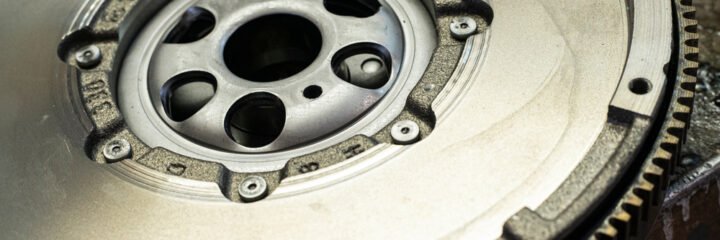Torque converters are distinct engine components whose inner workings are rarely exposed, and even when they are, they are not easily decipherable. Doughnut-shaped, they look like they belong in a spaceship when compared to the rest of your vehicle’s mechanical components. However, if you have an automatic transmission car, you utilize this component regularly no matter what it looks or sounds like.
If you’re familiar with manual transmission automobiles, then you’re aware that the engine is connected to the transmission through a clutch. The car would not come to a complete stop without stopping the engine if this connection was not there. Automobiles with an automatic transmission, on the other hand, do not have a clutch disc connecting the engine to the transmission; a torque converter is used instead.
How to Access the Torque Converter Bolts
There are two methods to access the torque converter bolts, depending on the vehicle. You will notice that a cover or plate conceals the converter at the bottom of the bellhousing, or you’ll have to remove the starter to reveal the bolts.
You can tell whether or not there is a cover by looking at the bellhousing directly behind the back of the oil pan. The cover might be a flat plate or a larger circular piece, similar to the shape of the bellhousing. To reach all of the bolts, you must crank the engine to turn the torque converter one at a time.
How to Remove the Torque Converter Bolt From the Flywheel
Below are steps to remove the torque converter bolt from the flywheel:
- Check to see whether the bellhousing has a cover that may need to be broached to access the torque converter. If the battery has no cover, use a wrench to disconnect the negative connection. Using jack stands, raise and support the car.
- If there is an access panel, remove it using a 3/8-inch drive socket. Remove the starter with the 3/8-inch drive socket if there is no panel. With a wrench, disconnect the electrical wires, and then move the starter out of the way.
- On the crankshaft pulley bolt, use a 1/2-inch drive socket of the proper size. Using a 3/8-inch drive socket and ratchet, remove the torque converter nuts one at a time. To remove the nuts, start turning the crankshaft in the clockwise direction after removing the first accessible bolt until the next bolt appears in an accessible area. Continue turning the crankshaft until all three or four bolts have been removed. Most automobiles have four bolts but some have three.
You should be able to slide the torque converter toward the car’s rear by hand after removing all bolts. You’ll also be able to spin the torque converter by hand without turning the engine.
To Recap
A torque converter in automatic transmission vehicles serves the same purpose as a clutch disc in manual transmission models. Without the torque converter, it won’t be so simple slowing your car without the engine cutting off. To remove the torque converter bolts, you first remove the plate concealing the converter, if any.
The plate is usually located behind the bellhousing (a sizable funnel-shaped aluminium casting that mounts the engine unto the transmission). The instructions and equipment needed to remove the bolts have also been discussed in the bullet points above. Finally, just remember that the crankshaft should be rotated in a clockwise direction when removing the torque converter bolts.


